Strings of Harmony: Indo-Iranian Cultural Ties Through Music and Poetry
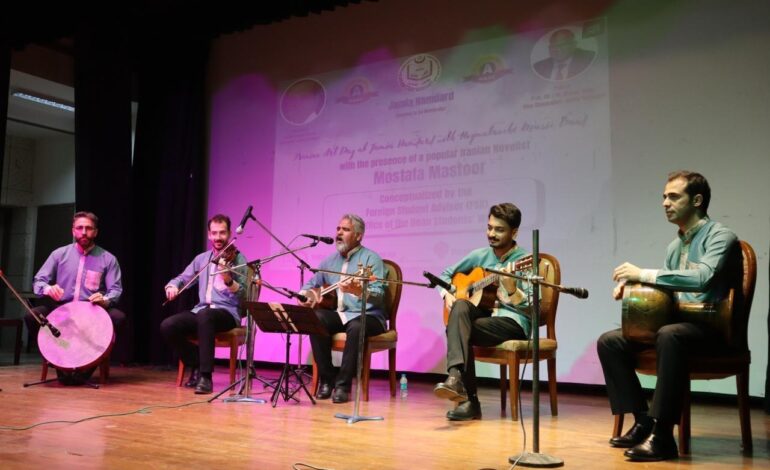
Senior Journalist and author Nalin Verma’s fortnightly column in The AIDEM titled ‘Everything Under The Sun’ continues. This is the sixth article in the column.
What binds civilisations? It is not the passage of time, but the shared soul of their art. At Jamia Hamdard University, what unfolded was more than a cultural celebration—it was a ritual of remembrance, a living testament to the power of Indo-Iranian ties shaped by the whispers of the ancient poets and their music. Here, art ceased to be an individual act of expression and became a collective memory, where Persian verses and Hindavi melodies intertwined like roots that refuse to sever. As modern artists channeled the spirit of Amir Khusro, they reminded us that no empire, no border, can silence the resonance of shared human stories. Art doesn’t just preserve; it transforms, keeping alive the eternal dialogues between cultures.
When bandleader and violinist Mehran Sepiddast joined forces with vocalist and Tar player Morteza Fetri and other musicians to create a lilting symphony, it did more than fill air. It resonated deeply, leaving the audience spellbound at Jamia Hamdard University, New Delhi, on February 7.
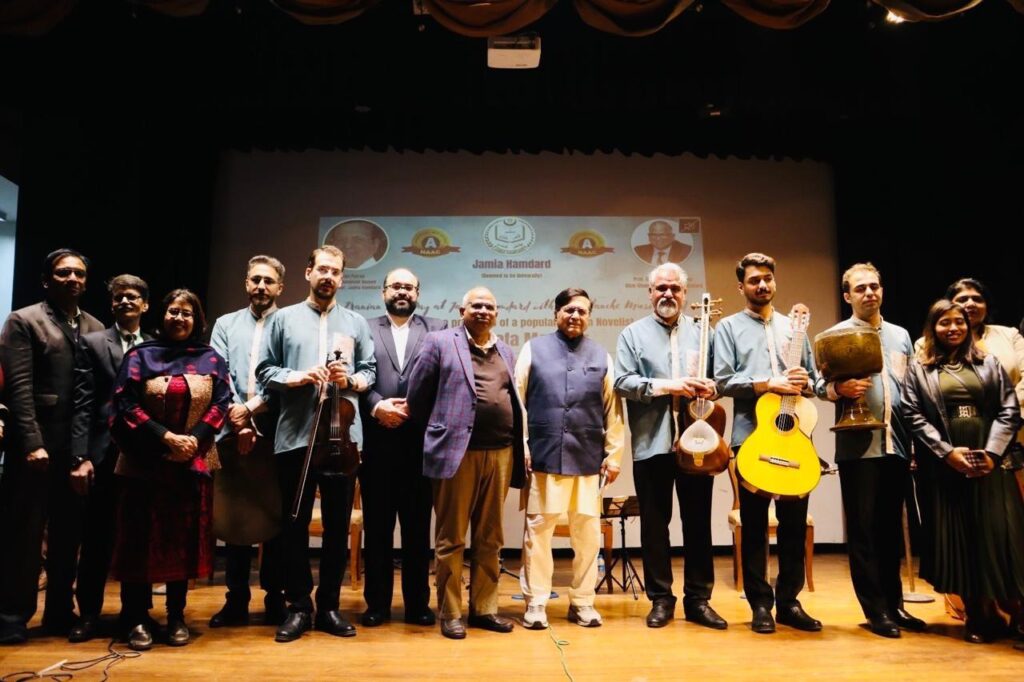
The auditorium was packed for the Iranian Art Day event, organized in collaboration with the university and the Embassy of Iran. Outside, the noon sun cast its gracious spring glow, but time seemed to fold within the walls of the hall, transporting the audience—both Indians and Iranians—into a trance-like connection with the shared cultural heritage of India and Iran, spanning thousands of years.
These were modern-day vocalists, musicians, and storytellers, yet their art echoed the legacy of the 13th-century mystic, poet, and musician Amir Khusro. His verses and songs in Persian and Hindavi remain central to musical and literary soirées across the Indian subcontinent and the Middle East.
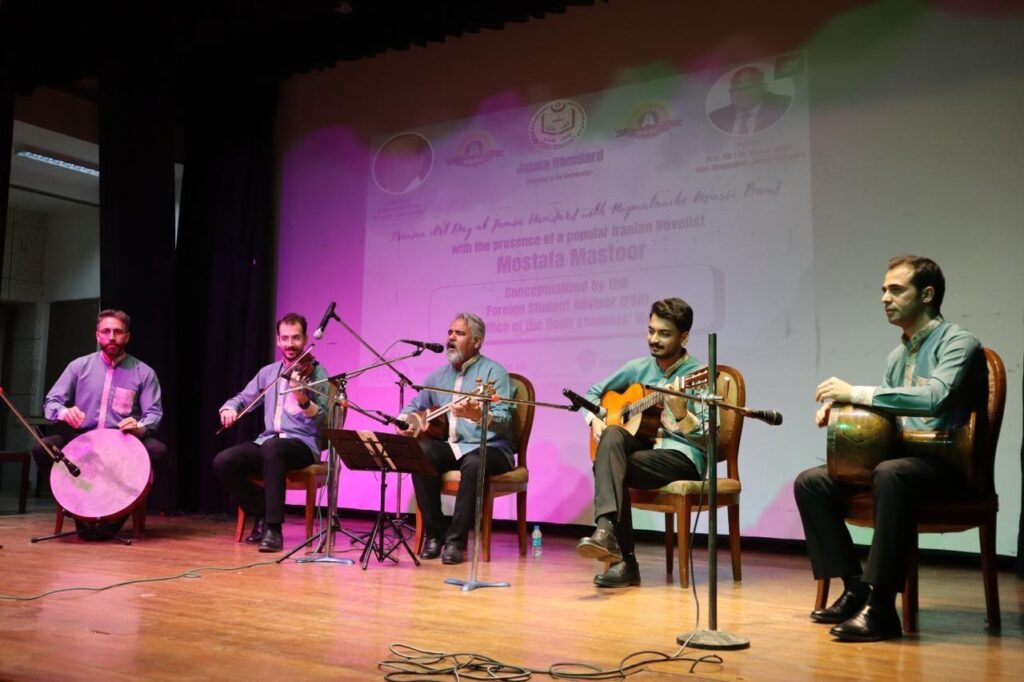
Welcoming the guests, Nudrat Moini, vice president of the university’s Film and Drama Club, recited Khusro’s verse:
“Ze-hāl-e-miskīñ makun taġhāful durā.e naināñ banā.e batiyāñ
ki tāb-e-hijrāñ nadāram ai jaañ na lehū kaahe lagā.e chhatiyāñ”
[Do not be indifferent to my wretched state,
Your eyes turn away while your words deceive.
For I cannot endure this torment of separation,
O beloved, why do you wound my heart so?]
The first half of this romantic verse is in Persian, while the second is in Hindavi. It was through such linguistic fusion that Khusro pioneered Hindavi—a blend of regional dialects like Khari Boli, Bhojpuri, Awadhi, Brajbhasha, and Bundelkhandi, infused with Persian—shaping the literary and cultural landscape of what is now the Hindi heartland.
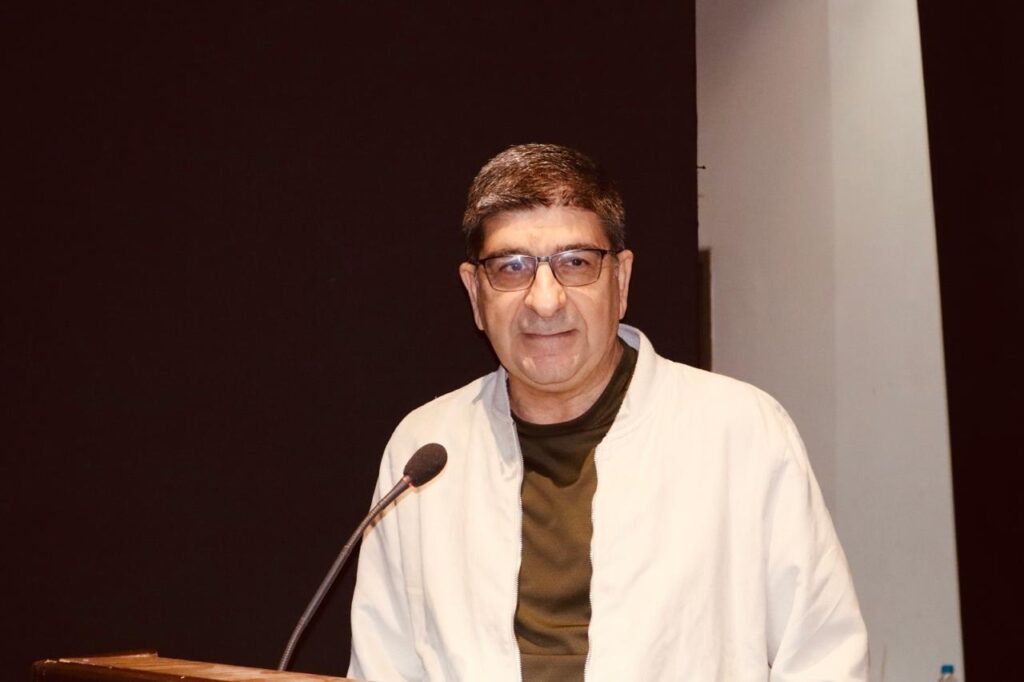
Amir Khusro’s unparalleled genius in art, literature, folklore, and music is difficult to match. He seamlessly merged Indian and Persian musical traditions, giving birth to new forms such as qawwali and the ghazal, which became the chosen mediums of Sufi and Bhakti saints. These styles continue to thrive in cultural and literary gatherings across South Asia and the Middle East.
Khusro was as much an accomplished musician as he was a poet. He modified the three-stringed Tritantri veena into the sitar—played at the event by Morteza Fetri—introduced the tabla, now indispensable in Indian classical music, and incorporated numerous Turko-Persian elements into Indian melodies. He also introduced new ragas such as Ghora and Sanam, which echoed through the Iranian Art Day celebrations and remain favorites among classical and folk musicians in India, Pakistan, Afghanistan, Iran, and the broader Arab world.
The Connoisseurs:
Credit for conceptualizing and setting the stage for this cultural confluence goes to Prof. (Dr.) Mohammad Afshar Alam, Vice Chancellor of Jamia Hamdard University. A computer and internet scientist by training, he is also a connoisseur of Persian and Hindustani music and literature.
Prof. (Dr.) Reshma Nasreen, Dean of Students’ Welfare (DSW) and Director of the Centre for Media and Mass Communication Studies (CMMS), played a key role in ensuring the event’s success. A woman of substance and action, she worked tirelessly to bring this vision to life.
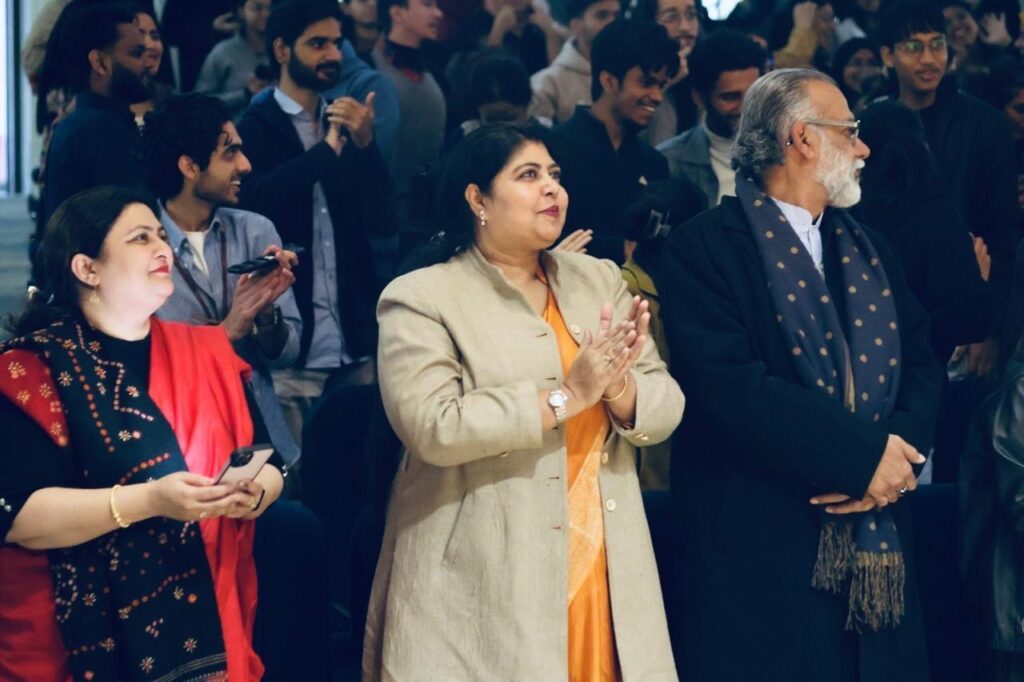
The cultural coordinator, Prof. Khurshid Ahmad Ansari, along with Film and Drama Club President Javed Ahmad and ‘SAAZ’ Music Club President Dr. Kalpana Zutshi added vibrancy and grandeur to the occasion, honoring artists, writers, dastangoi narrators, and musicians in eloquent addresses enriched with Urdu and Hindi.
A pivotal role in facilitating collaboration with the Iranian band, artists, and scholars was played by Prof. (Dr.) Zeenat Iqbal, head of the Foreign Students’ Affais (FAS), ensuring the event became a true celebration of artistic and cultural exchange.
Beyond the immediate nourishment for the soul that Iranian Art Day provided in abundance, it stirred a flood of memories among the audience—mostly scholars, students, and connoisseurs of art and literature—evoking folktales, ballads, poems, verses, and songs deeply ingrained in the cultural fabric of the Indian subcontinent and the Middle East for centuries.
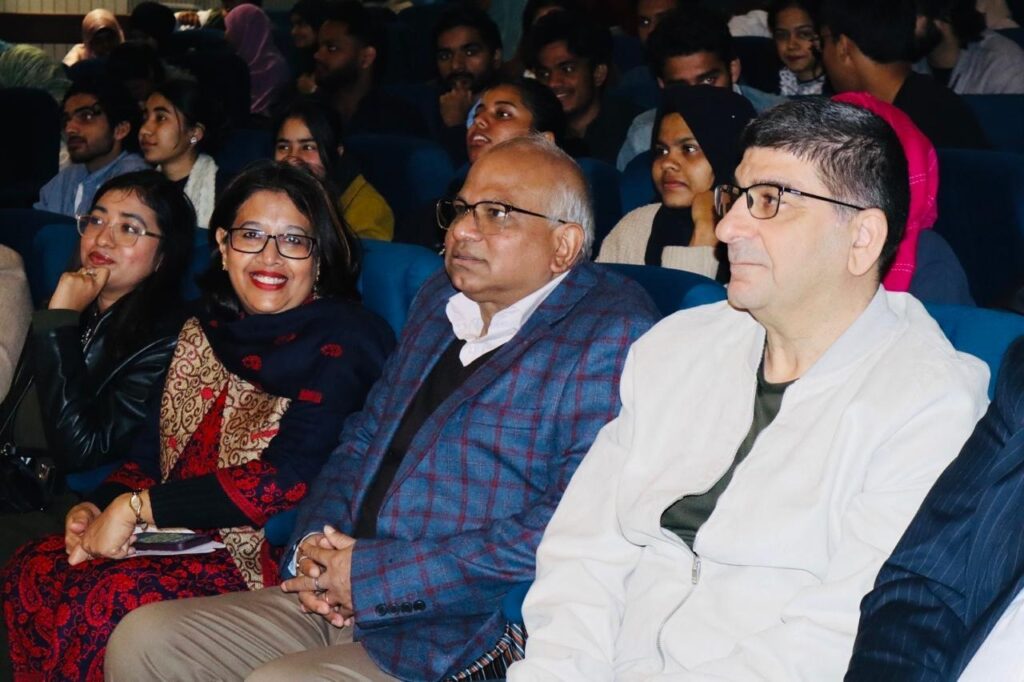
In many ways, the event held on the sylvan campus of Jamia Hamdard University will contribute significantly to enriching and strengthening the social, cultural, and linguistic ties between India and Iran, and more broadly, the Middle East. It was a moment of pride for the institution, whose Chancellor, Hammad Ahmad, is a descendant of Hakeem Hafiz Abdul Majeed—a visionary physician and philanthropist who laid the foundation for what is now recognized as a Centre of Excellence in the heart of South Delhi.
Persian has long been an inseparable part of India’s literary heritage. Beyond its status as the administrative language of the Mughal era, it permeated the creative and communicative realms, giving rise to a wealth of literature, folklore, legends, and traditions. If poets like Mirza Ghalib and Allama Iqbal wove their poetry in Persian and Hindavi—languages that later evolved into Urdu and Hindi—countless enchanting folktales and ballads traveled between the Indian subcontinent and the Middle East, enriching both cultures.
Romance and Writers
Music and poetry ignite romance and bring joy to their audiences, but the lives of writers are rarely as romantic or easy as the verses and melodies they create. Iranian novelist Mostafa Mastoor captured this reality in his keynote address:
“Clever people don’t become writers. A writer feels the pain of those suffering on the streets; he lives with their grief and agony. One may enjoy the tragic elements of a drama or novel, but a writer must endure those emotions to craft powerful works of tragedy. Clever people do not abandon their comfort to immerse themselves in the sorrow of the suffering. But writers are not clever people… they do it.”
Canadian playwright, poet, and dastangoist Jawaid Danish left the audience misty-eyed with his reading of the solo play Han, Mera Razi Autistic Hai. Translated into over 50 languages worldwide, the play vividly captures a mother’s emotions as she navigates life with her autistic son.
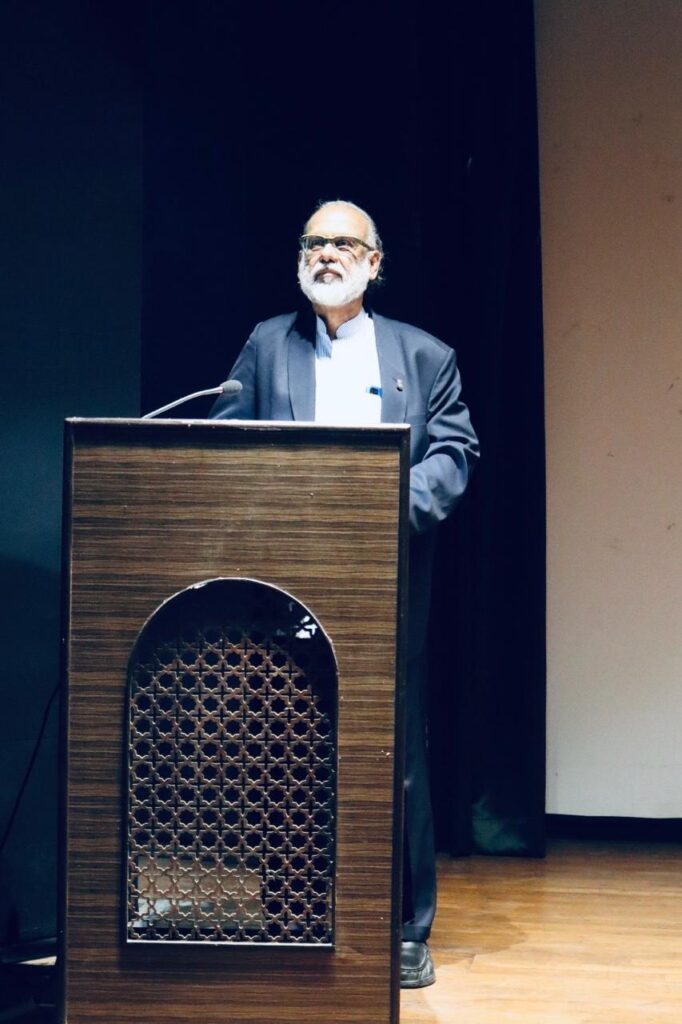
Long live the Iranian band of singers and musicians, the poets and novelists who graced the event, and the enduring spirit of Heer-Ranjha and Sohni-Mahiwal – the legendary lovers whose stories continue to captivate audiences across India and the Middle East.
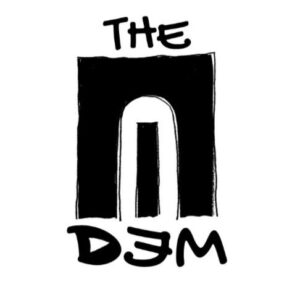

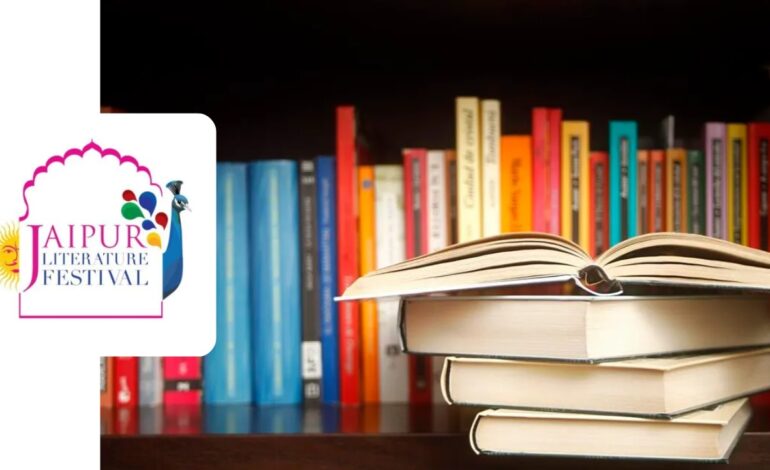
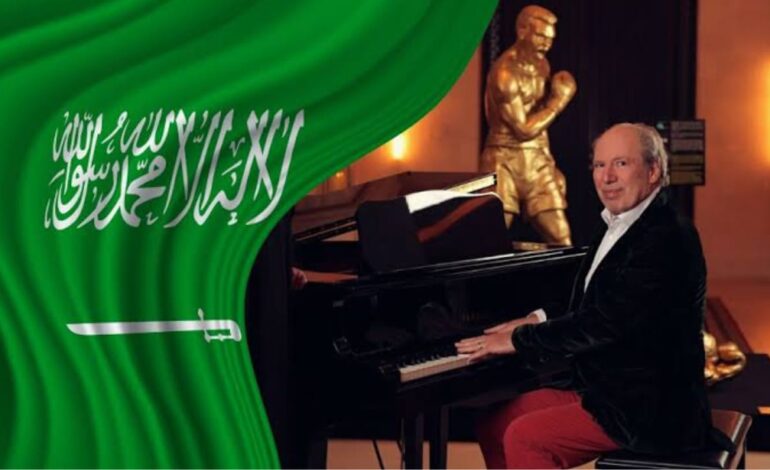
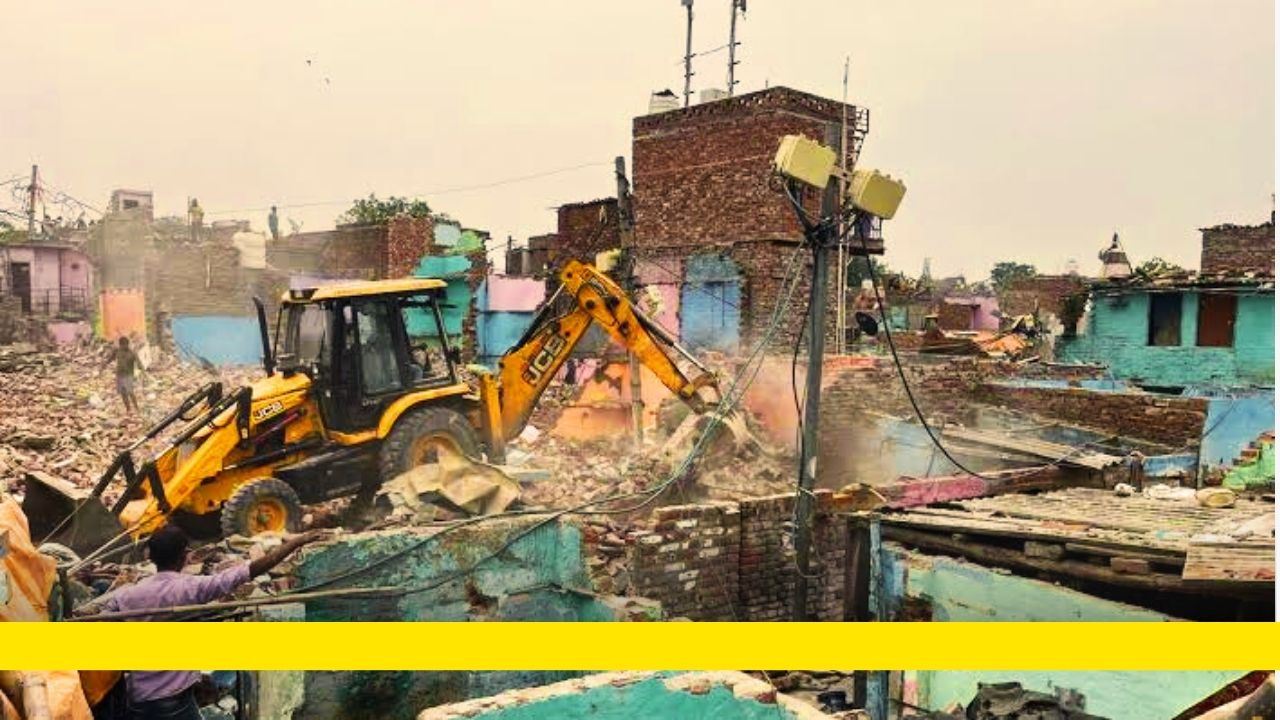
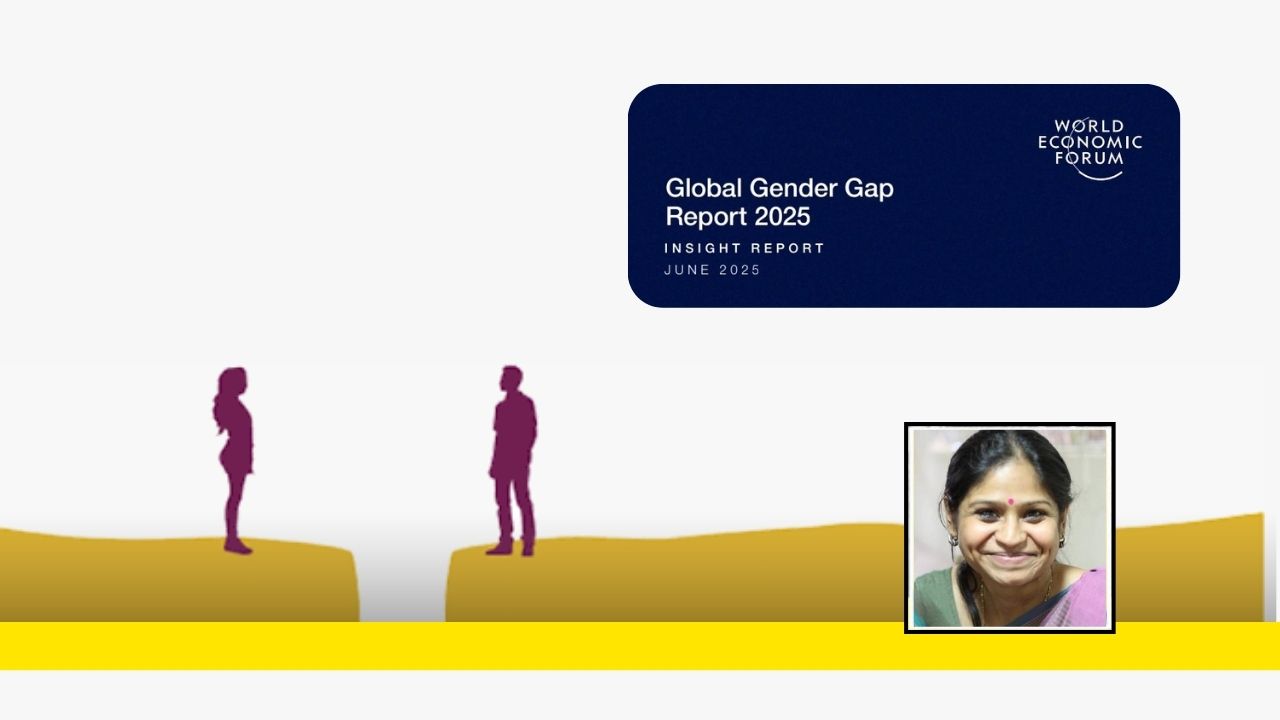
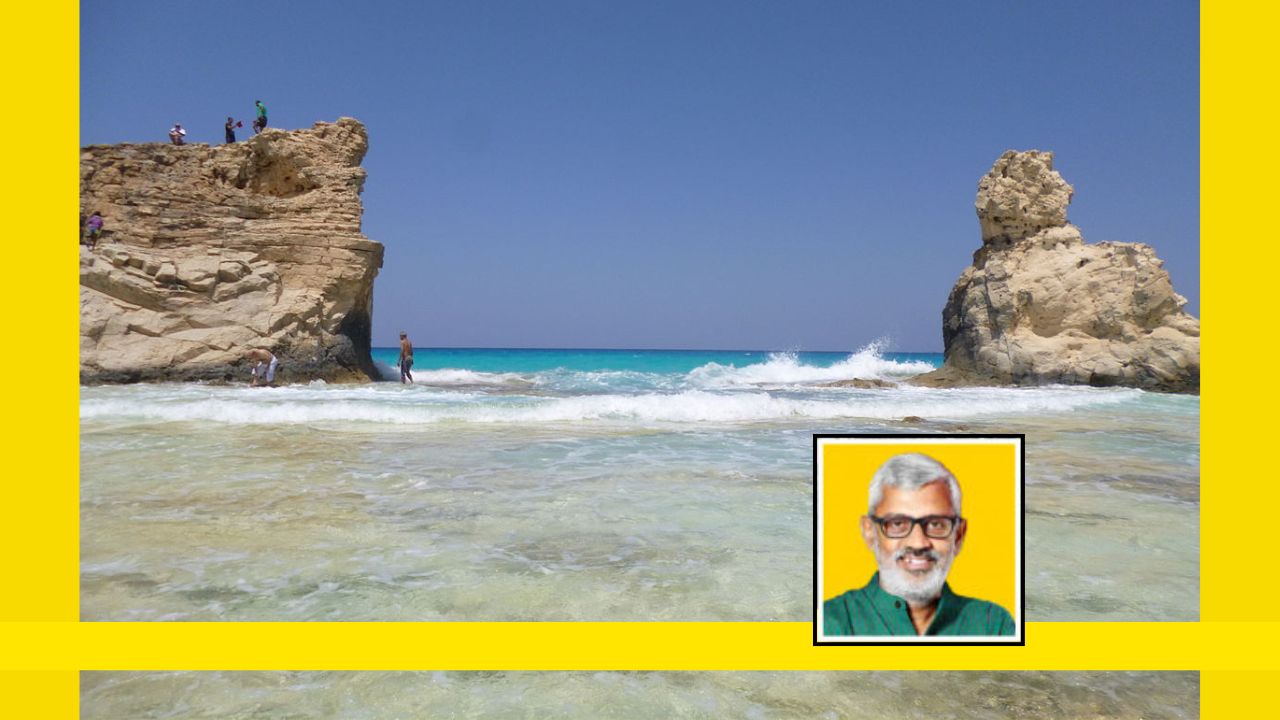
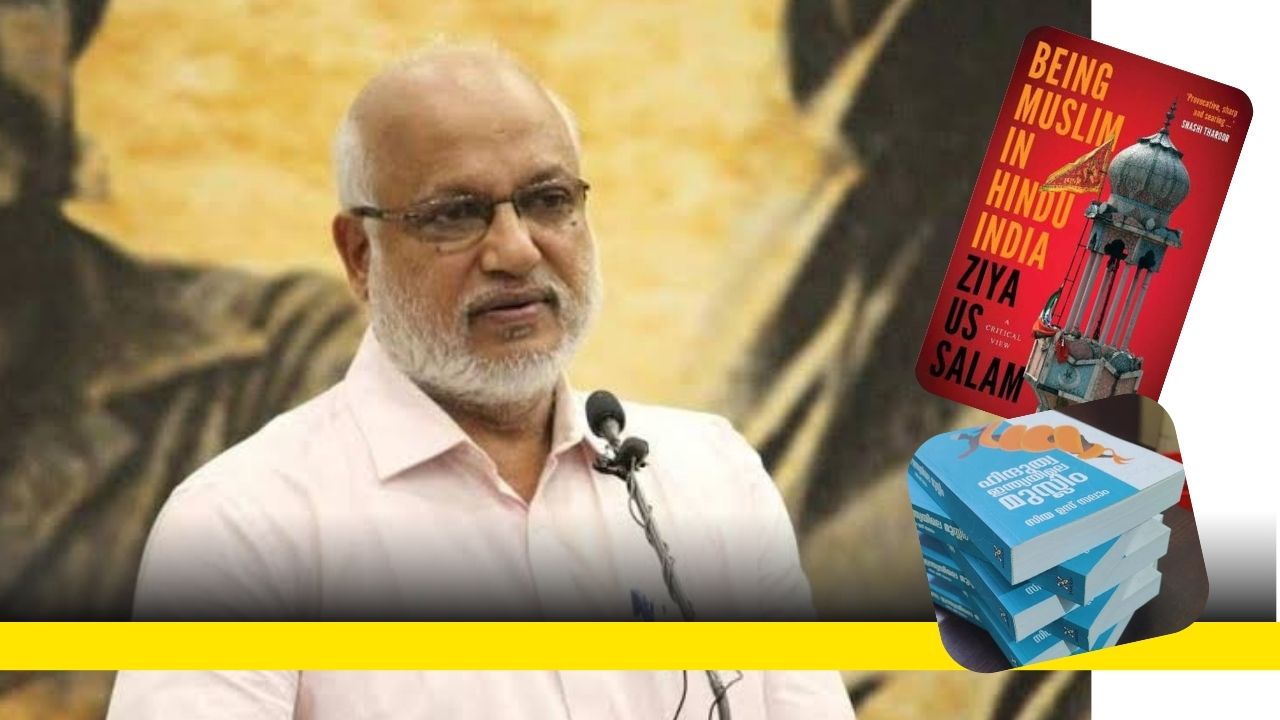
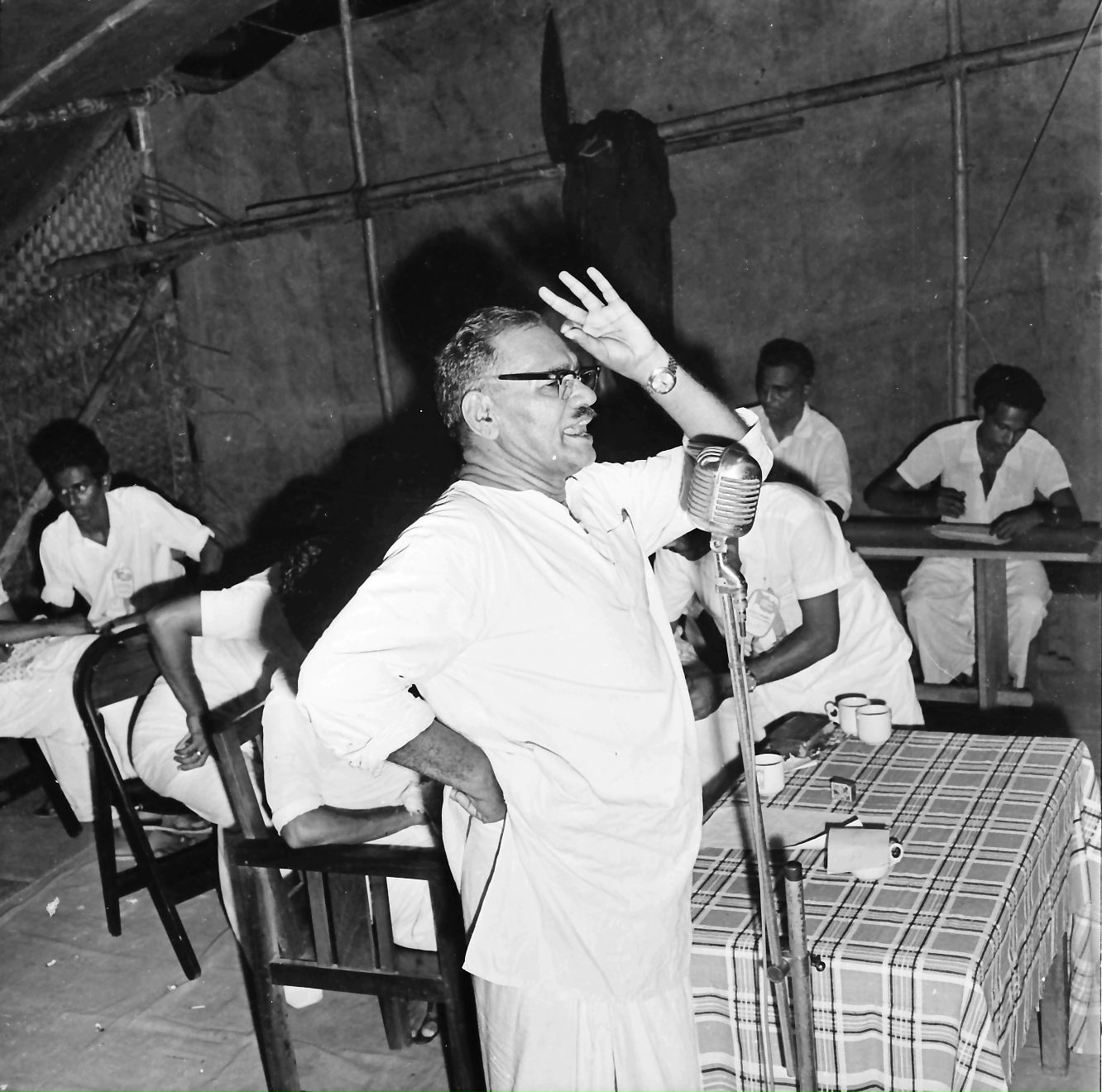
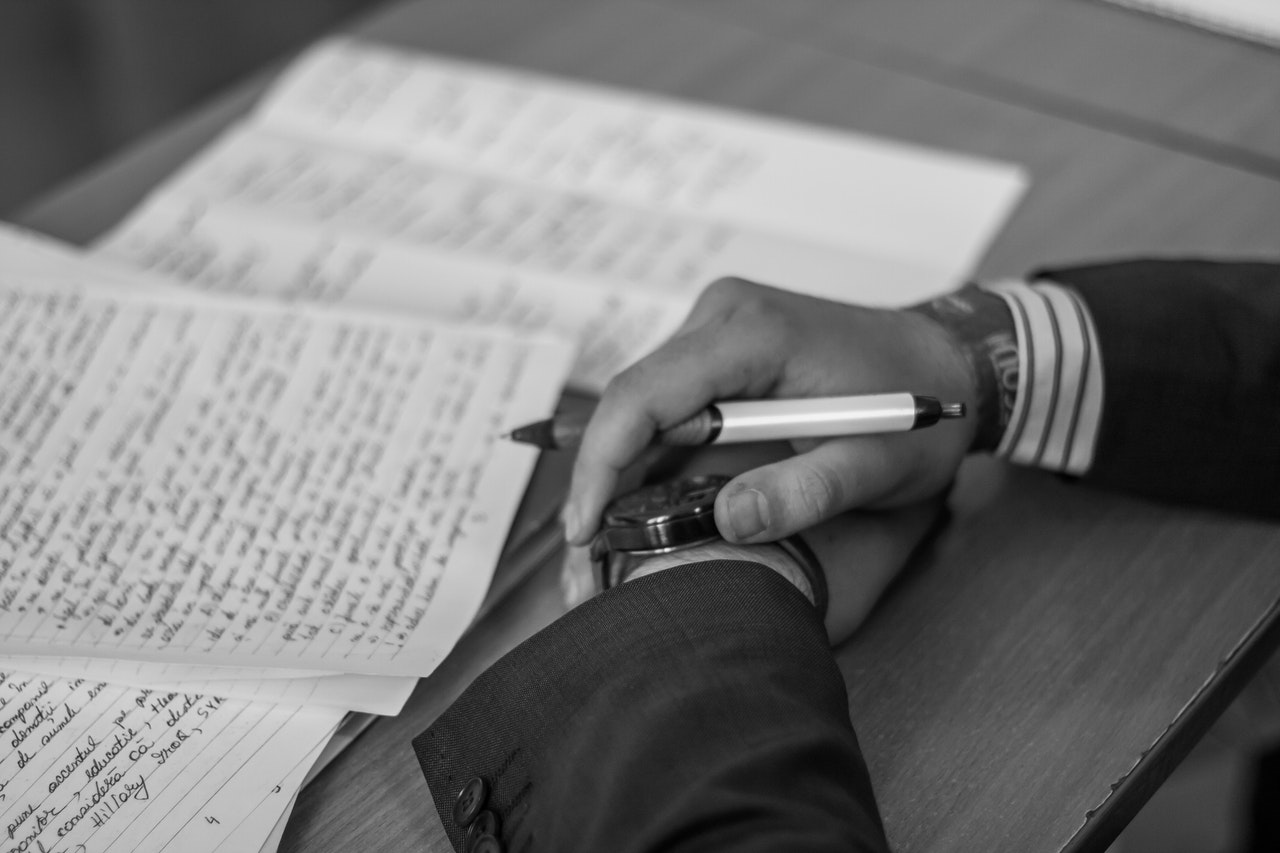
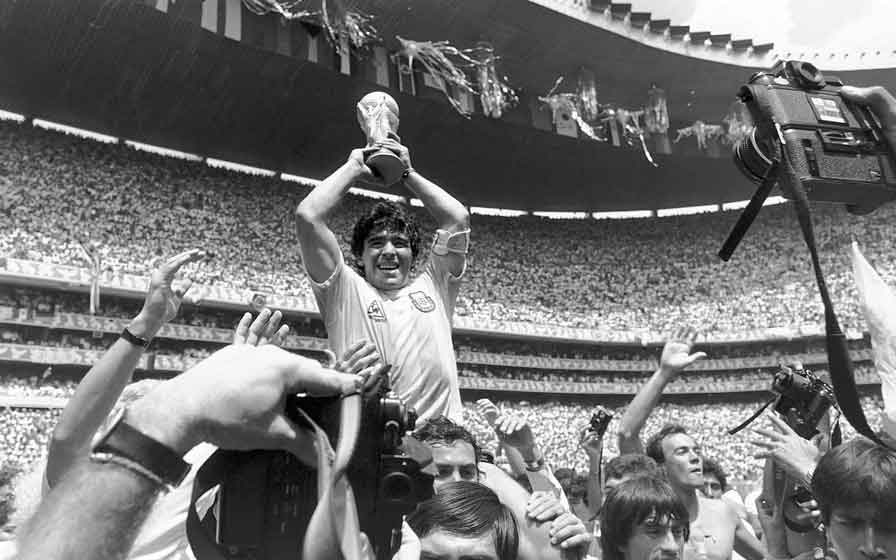
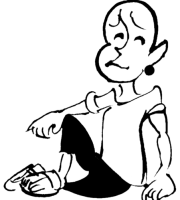
Such an informative article!!!
Mr. Verma, your eloquent portrayal of the harmonious blend between Indian and Iranian artistic traditions is both enlightening and evocative. Your insights serve as a beautiful reminder of the power of art to bridge cultures and time.
Amazing article!!!
Beautifully written piece that captures the deep cultural ties between India and Iran. The event’s tribute to Amir Khusro and the power of art to transcend borders was truly inspiring. Loved the insights on music, poetry, and storytelling.
A deep rooted information presented in the article, it’s indeed a holistic approach in order to educate the youth .👌
An engaging article, Nalin Verma sir’s descriptions truly transport you back to the event and his note on Amir Khusro’s significance to art and culture and his role in integrating Indian and Iranian culture, language were very insightful.